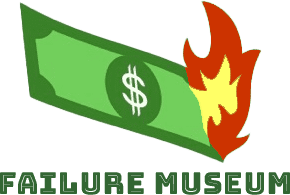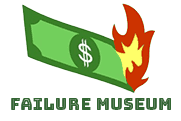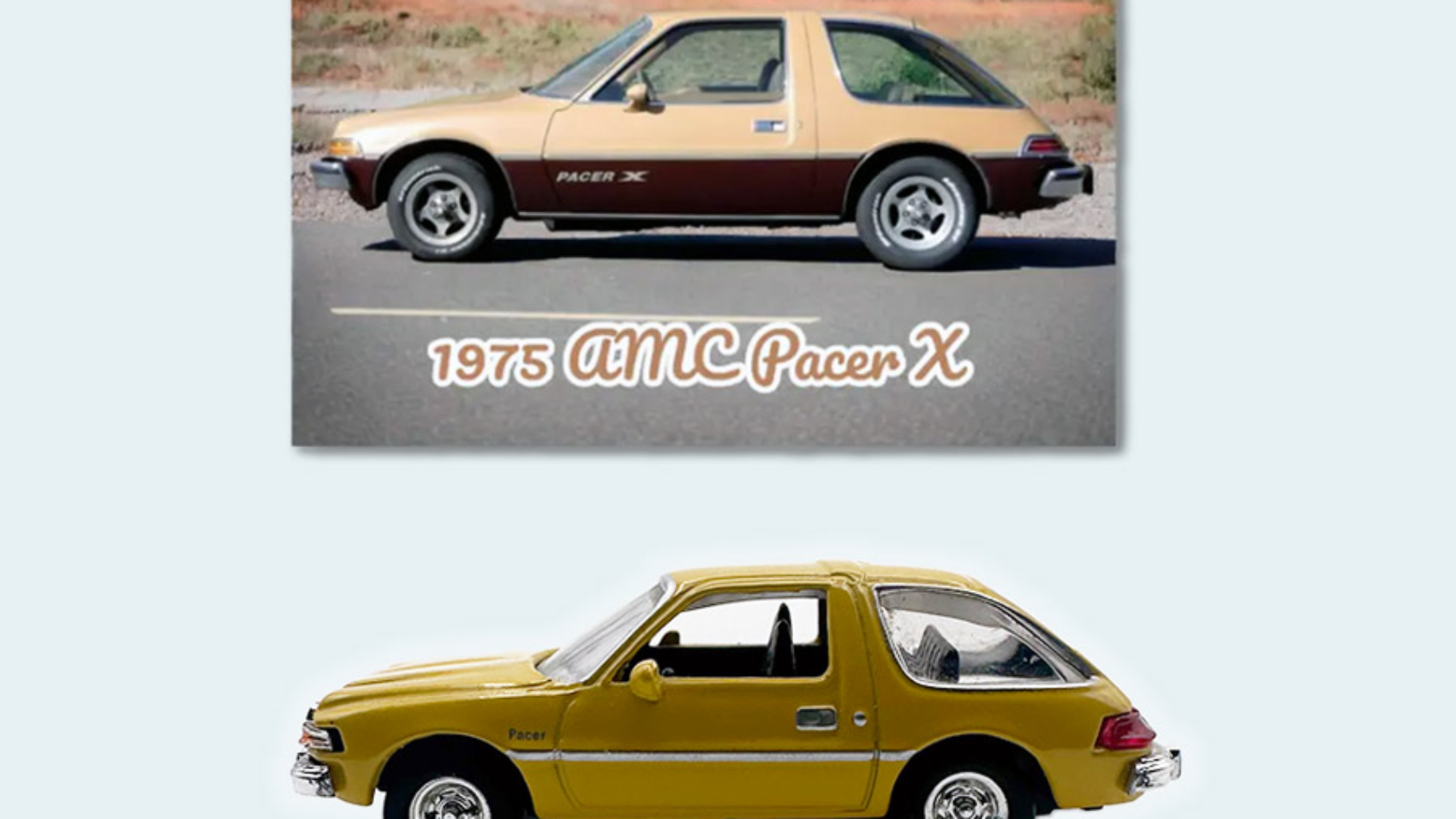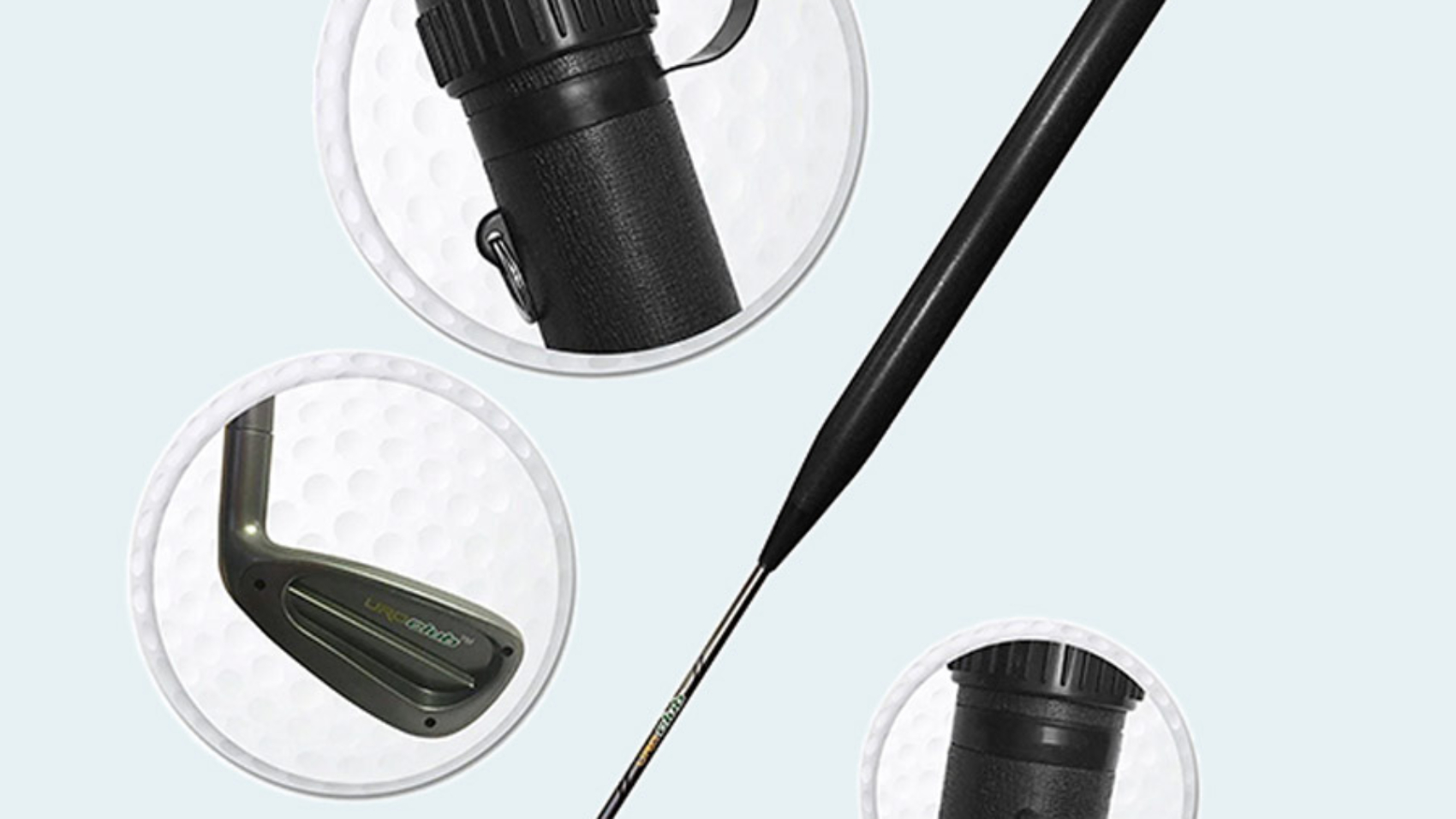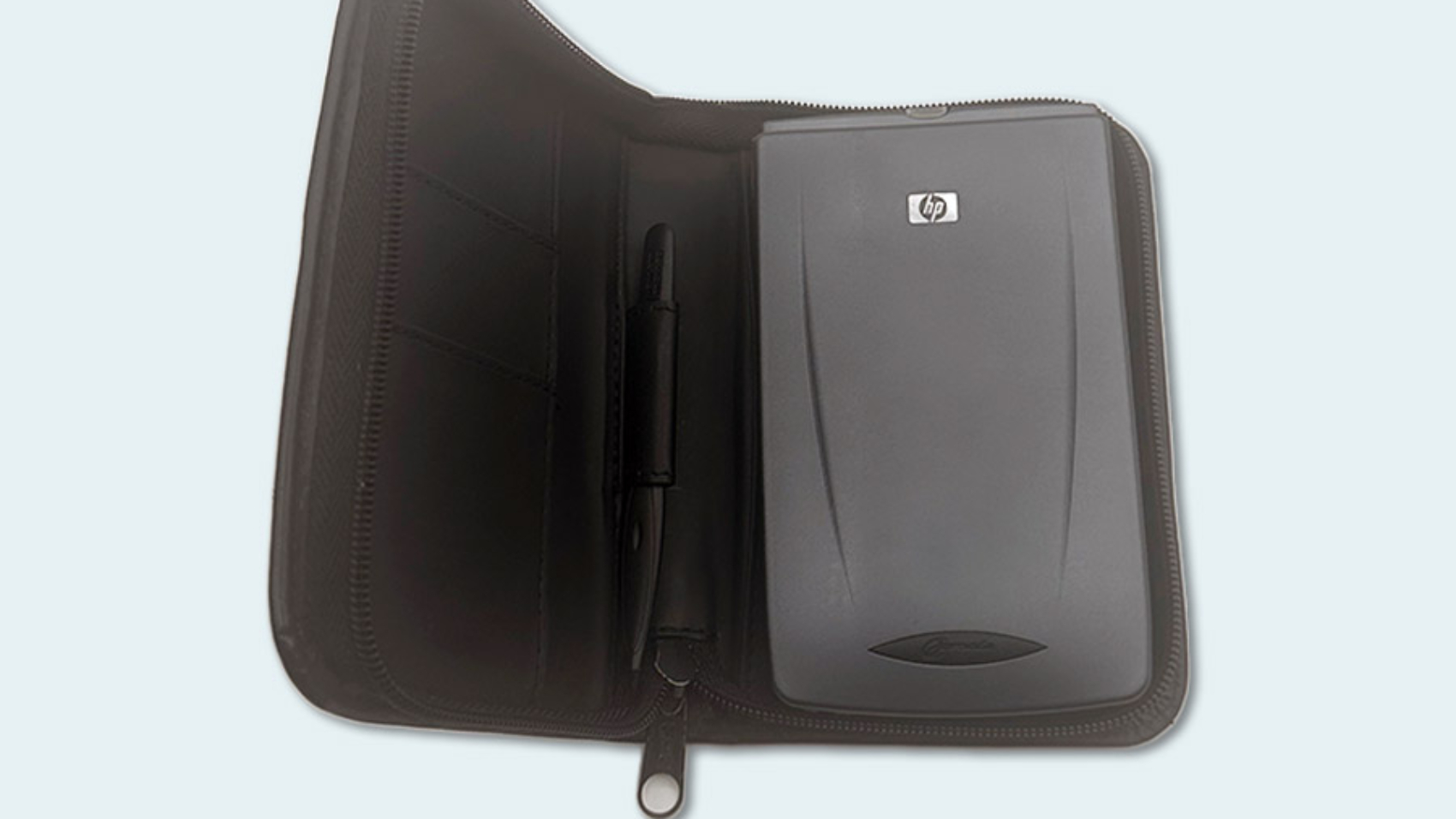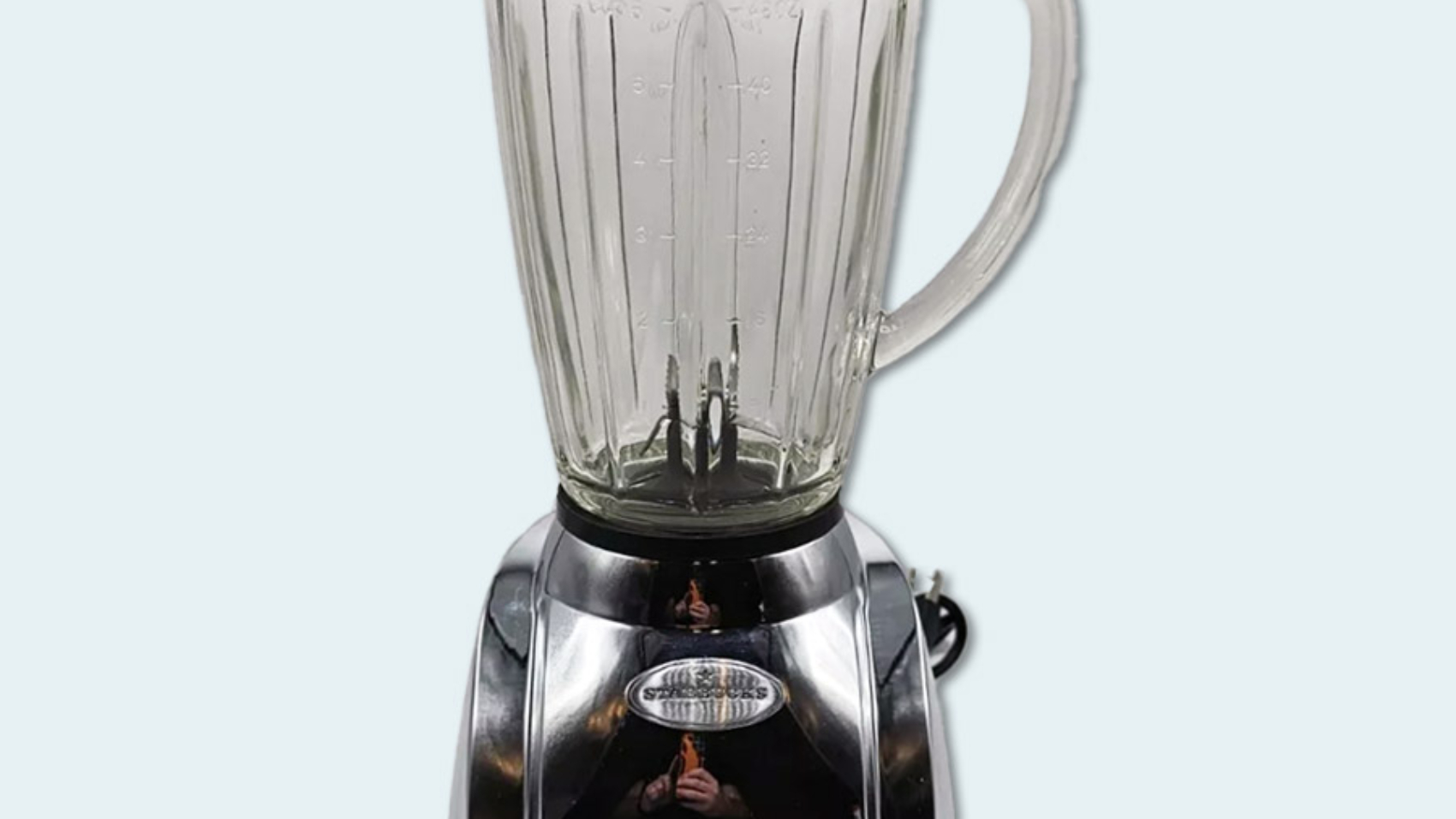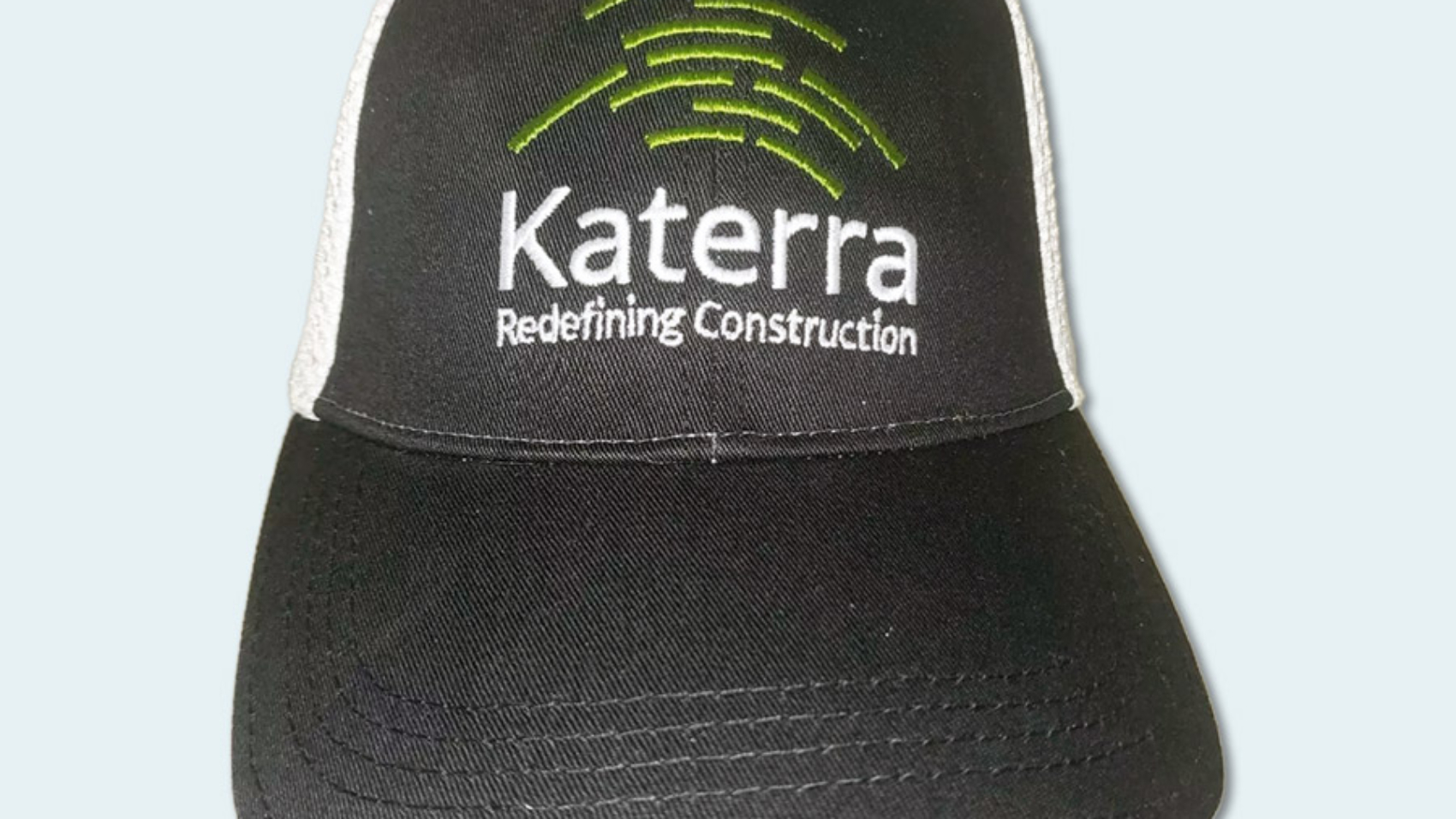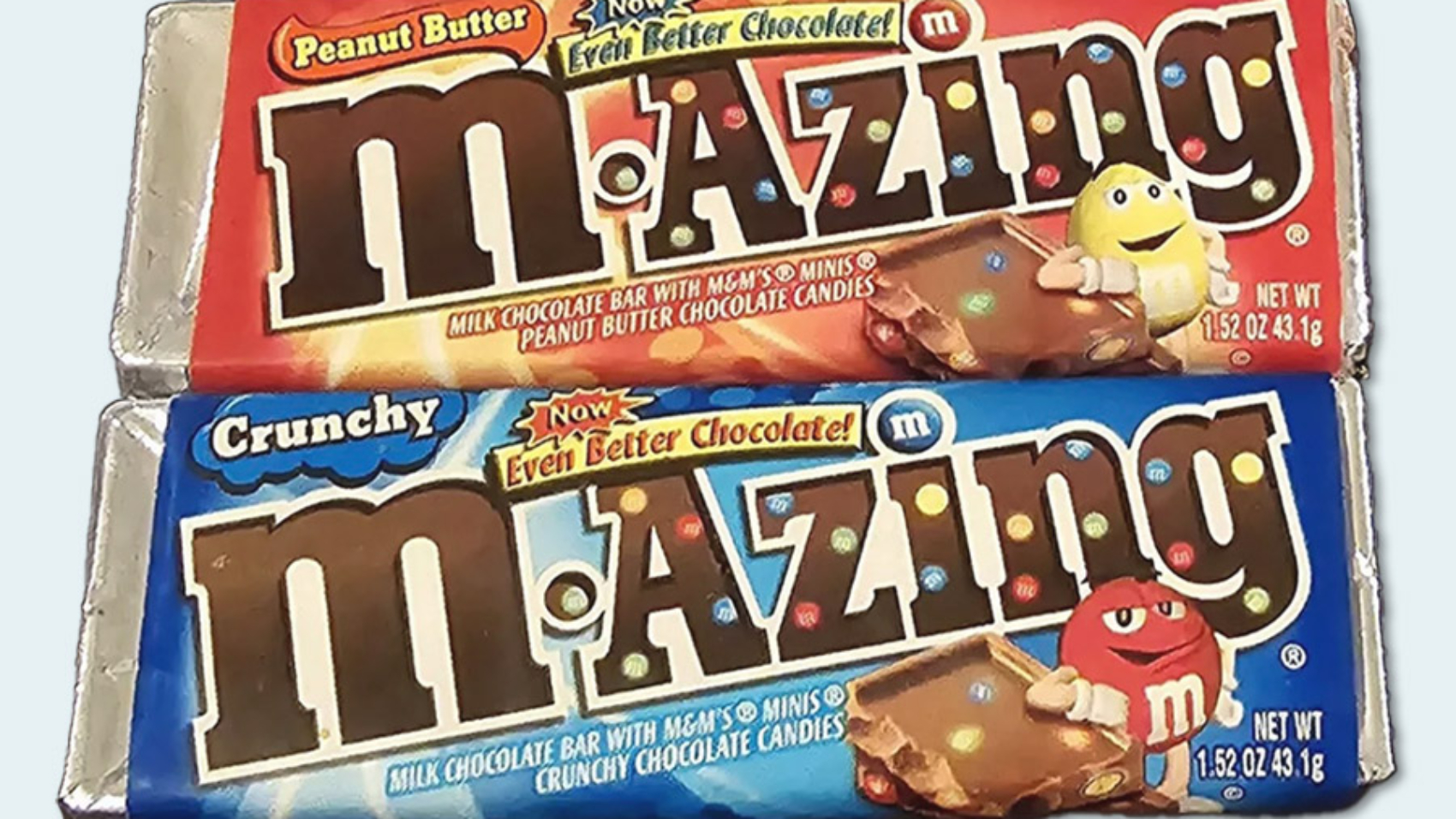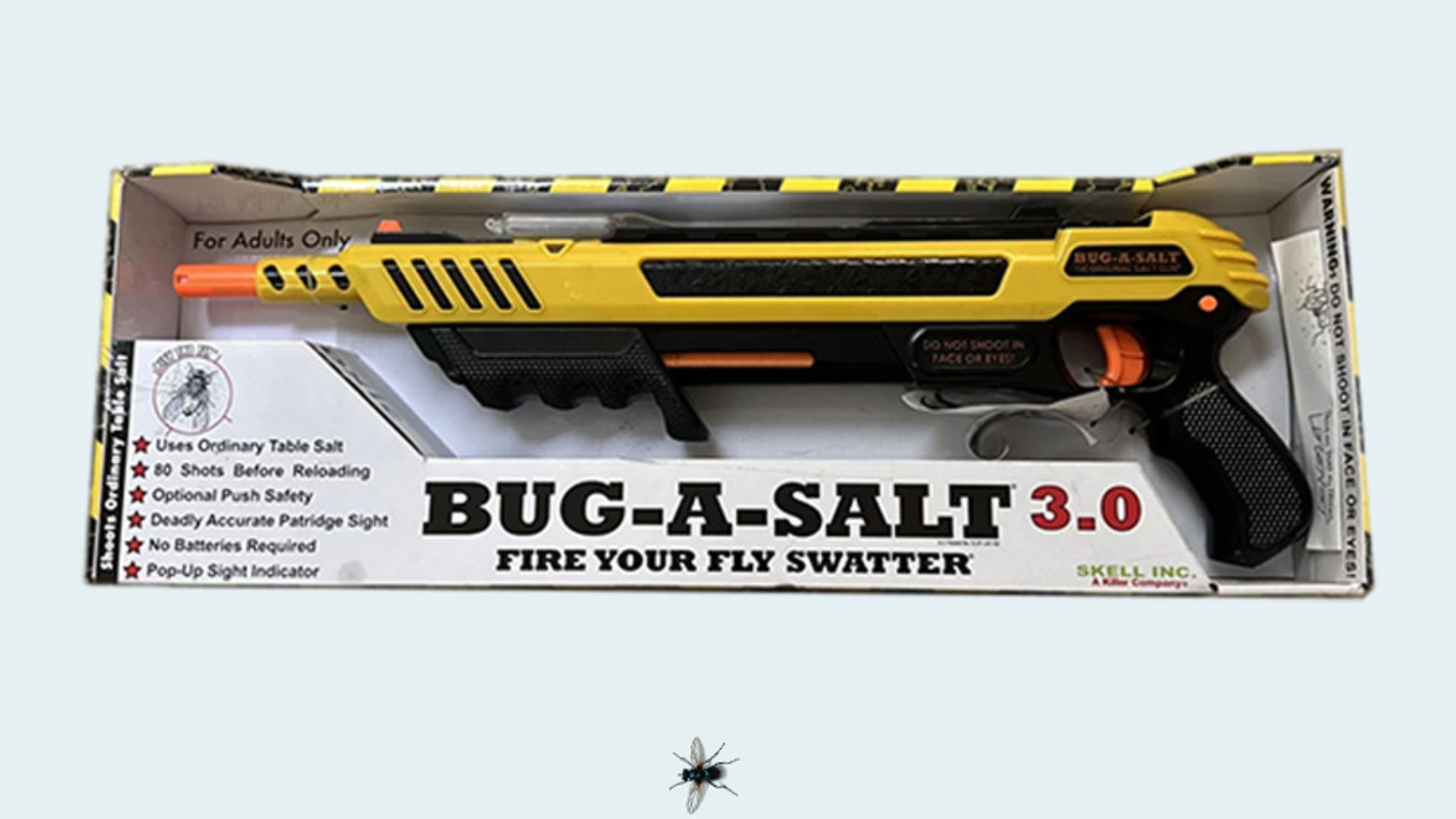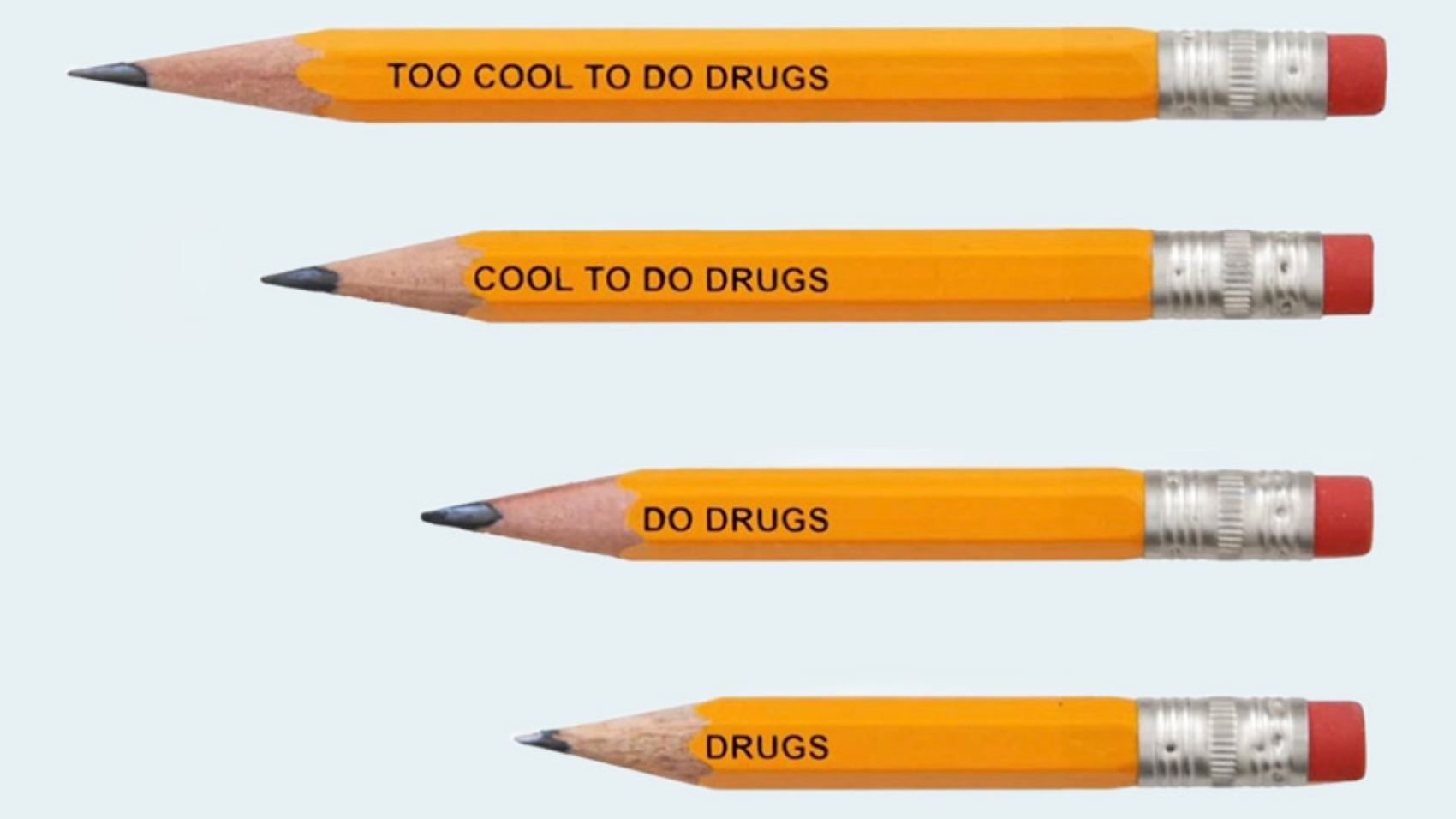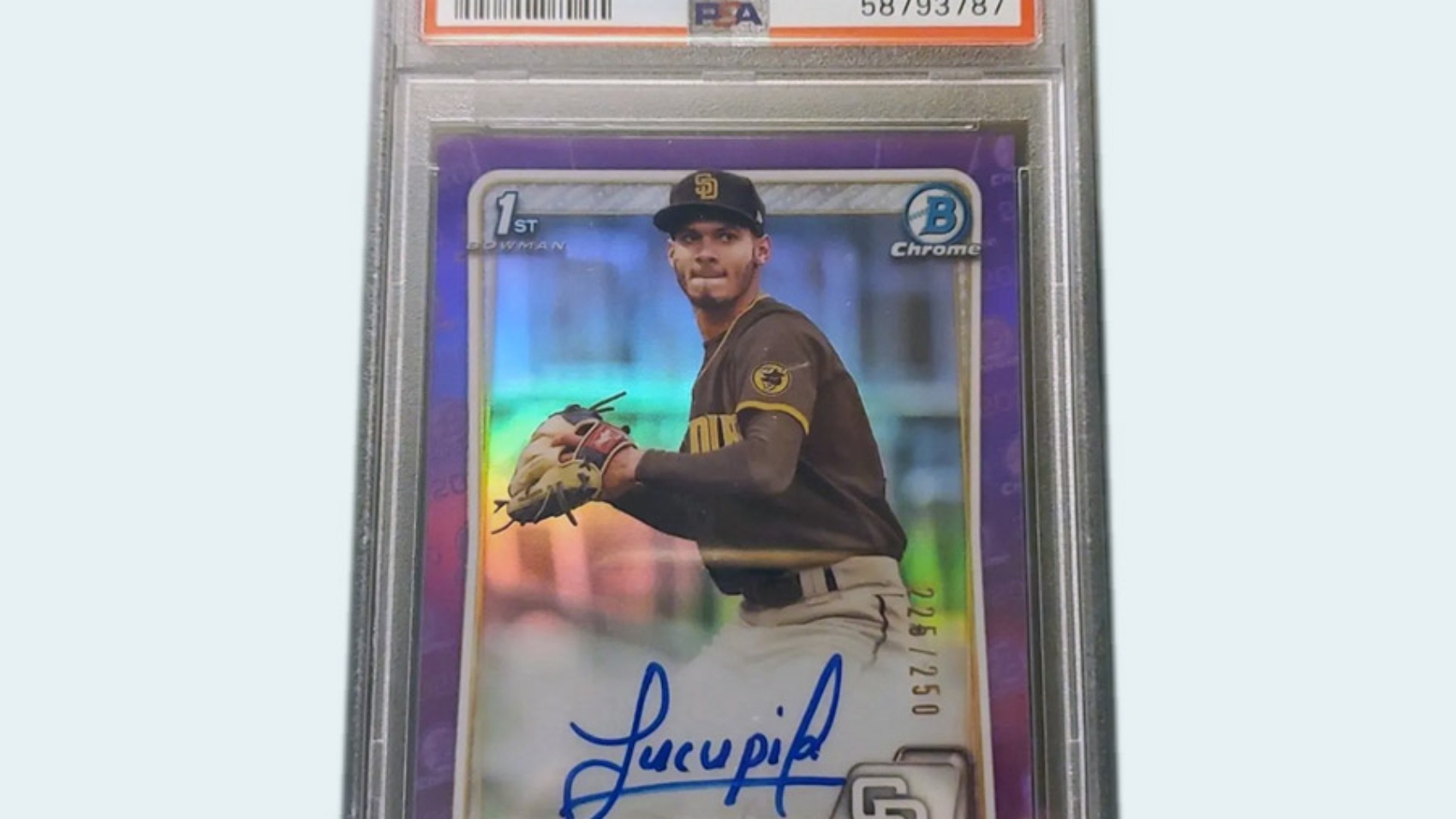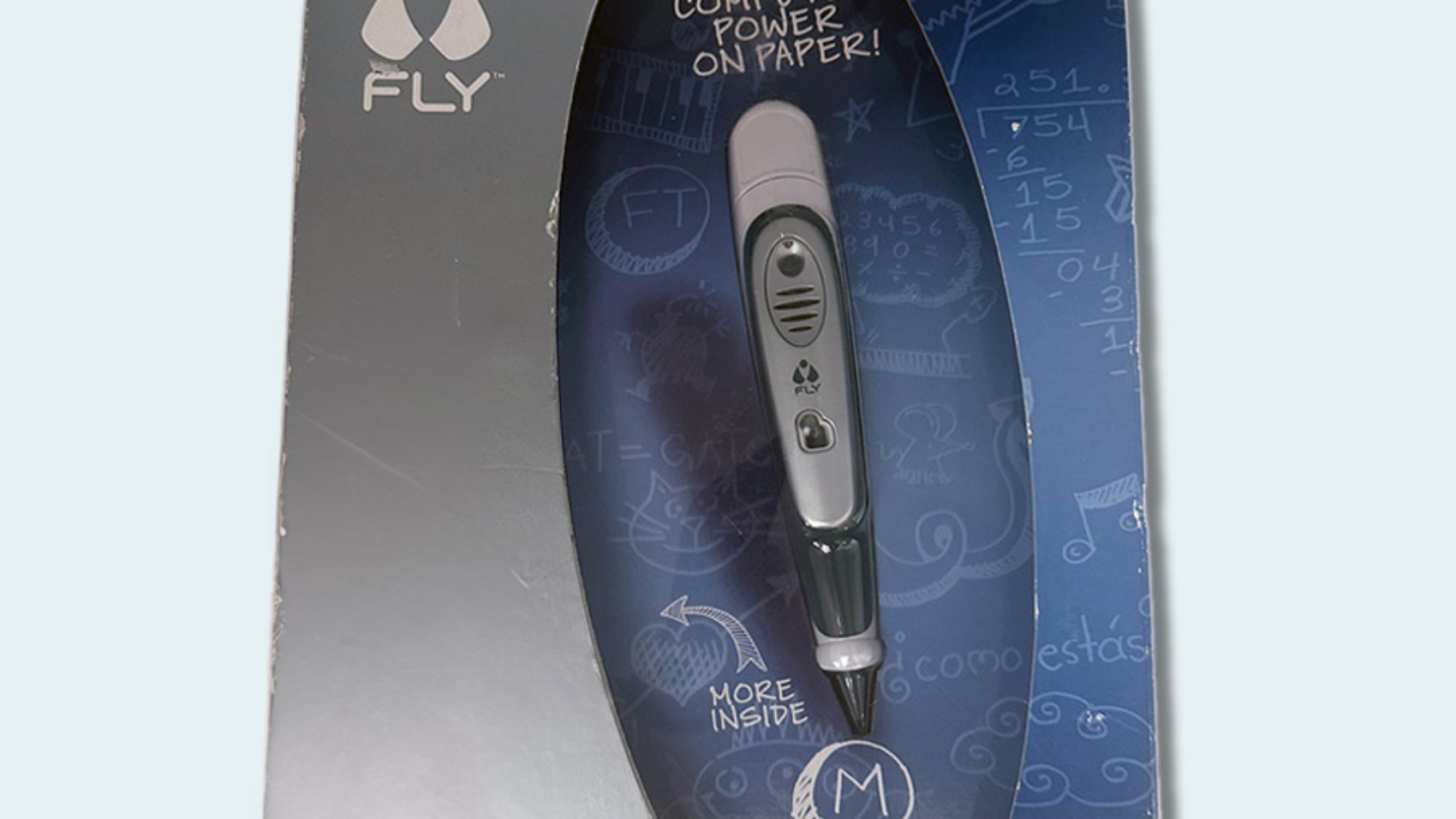The 1975-80 AMC Pacer was a key factor in American Motors’ demise as an independent automaker. The Pacer was AMC’s most costly new car of the 1970s. Because of the car’s heft it consumed a lot of oil, gas mileage and acceleration was weak, and longevity was questionable.
HP Jornada
Launched in 1998 and discontinued in 2002, HP Jornada was HP’s personal digital assistant. It had several product issues leading to multiple recalls, while it wasn’t as popular as other hand held devices.
Starbucks Barista Bar Blender
Launched in 2003, the Starbucks Barista Bar Blender cost $100.
An ad for the blender reads, “Whip up everything from rich coffee smoothies to creamy dessert drinks, even frosty cocktails — all in a matter of moments.”
The company released a few recipes with the machine, including an “Irish Bliss” smoothie with Starbucks coffee ice cream, almonds and chilled coffee.
But the company failed to wow Frappuccino and smoothie drinkers, or at least show them how the machine was any different from a regular brand-name blender. It was eventually discontinued.
Katerra
Founded in 2015 and shut down in 2021 after raising $2B, Katerra’s goal was to be a one-stop-shop, vertically integrated, construction project management company. Katerra emphasized very heavily on growth, disruption, and innovation, without having a clear path to profitability. They had a lack of focus, overspent on initiatives, frequently switched CEOs, and never achieved product market fit.
For the longer story:
In the mid-2010s, the construction industry seemed ripe for disruption, given its history of high costs and limited innovation and productivity gains.
In 2015, Michael Marks, the former CEO of electronics manufacturer Flextronics, launched Katerra—a startup that aimed to treat building apartments and offices like assembling electronics. The company controlled every step of the process: It designed the structures, sourced the materials, constructed prefabricated modules at its factories and assembled them at building sites.
The goal was to make construction cheaper and more efficient, increasing housing supply and lowering rents and home prices.
“They had big ambitions and a big, big, big valuation,” said Eliot Brown, a WSJ reporter who covered Katerra at the time. At its peak in 2019, the company was valued at nearly $6 billion.
Katerra called itself a technology company. In addition to his time at Flextronics, Marks had been a partner at private-equity firms Riverwood Capital and KKR. His two co-founders also came from private equity. Katerra’s senior leadership team included former employees of Apple, HP and Google. Its office was on Silicon Valley’s Sand Hill Road, historically an epicenter of venture capital.
That positioning helped Katerra attract tech investors like SoftBank Group’s Vision Fund, which led a $865 million funding round in 2018 and continued to back the company as it expanded globally. “The more money they took on, the broader their scope for domination became,” Brown said.
Just because you call your business a tech company doesn’t mean it can run like one.
“Immediately there was the disconnect that was really hyper-common in Silicon Valley at the time where they basically had a tech valuation for something that wasn’t a tech company,” Brown said. “They were just doing a different form of construction.”
And it turns out construction is, well, hard.
Building codes can differ from city to city, so what might work in one location might not fly elsewhere. Construction unions tend to oppose companies like Katerra because they might use fewer workers or non-union labor.
Katerra may have taken on too much by making its own lights, windows and cabinets. And the contractors it worked with preferred to use their own subcontractors and suppliers, rather than buy parts from Katerra.
Most of the company’s early projects were connected to a real-estate developer led by one of Marks’s co-founders. In 2019, Katerra signed a contract to build thousands of homes in Saudi Arabia.
The company tried to boost revenue by agreeing to projects before it had figured out how to build the components and often set prices too low. Katerra also overstretched by taking on all kinds of building projects—offices, hotels, single-family homes, apartment buildings of varying heights—rather than focusing on one type of structure, which made it harder to mass-produce its prefab modules and reduce costs.
From the start, some projects lost money. Katerra’s aggressive growth strategy and high debt load ate into its cash reserves. And the Covid-19 pandemic delayed or shut down some of its projects. Katerra attempted to right itself in mid-2020 by installing as CEO Paal Kibsgaard, who had been the company’s chief operating officer since August 2019. Kibsgaard was the former chief of oil-services firm Schlumberger. Marks, the founder, stepped aside to focus full time on his VC firm. At the same time, SoftBank invested an additional $200 million.
In December 2020, to stave off bankruptcy, Katerra got another $200 million cash infusion from SoftBank in exchange for a majority stake in the startup. Another SoftBank-backed company, financial-services firm Greensill Capital, agreed to cancel around $435 million in debt owed by Katerra for a roughly 5% stake. Katerra sputtered through another five months before filing for bankruptcy in June 2021.
Mazing bar
Launched in 2004 and discontinued in 2008, Mars spent $39M for media for this underperforming bar, which embeds M&M’s into a chocolate bar. They used a cheaper chocolate that never appealed to M&M consumers while TV ads, some of which aired on the Apprentice, featured amazing human tricks people performed.
Bug-A-Salt
Launched in 2012, the tool kills houseflies at a distance, without creating a mess. “Insect hunting as sport has entered the 21st Century with Bug-A-Salt. Our insect eradication devices fire ordinary table salt to kill pesky flies.”
“Too Cool to Do Drugs” Pencils
In the 1990’s, TIL A company made pencils with the anti-drug slogan “Too Cool to Do Drugs” but had to recall them because, when sharpened, they read “Do Drugs”
Tucupita Marcano (banned from MLB)
In 2024, Major League Baseball has permanently banned Tucupita Marcano after determining that the infielder placed hundreds of bets on baseball, including wagers on games involving the Pittsburgh Pirates when he was with the team in 2023.
Marcano appears to be the first active major leaguer banned under the sport’s gambling provision since New York Giants outfielder Jimmy O’Connell in 1924. Pete Rose, baseball’s active career hits leader, famously agreed to a lifetime ban in 1989 after an investigation concluded he bet on Cincinnati Reds games while managing the team.
Marcano, who was a member of the San Diego Padres, was found to have placed 231 MLB-related bets, including 25 that MLB says included wagers on Pirates games while he was on the team’s major league roster. However, he did not appear in any of those games because he was on the injured list following a season-ending knee injury.
